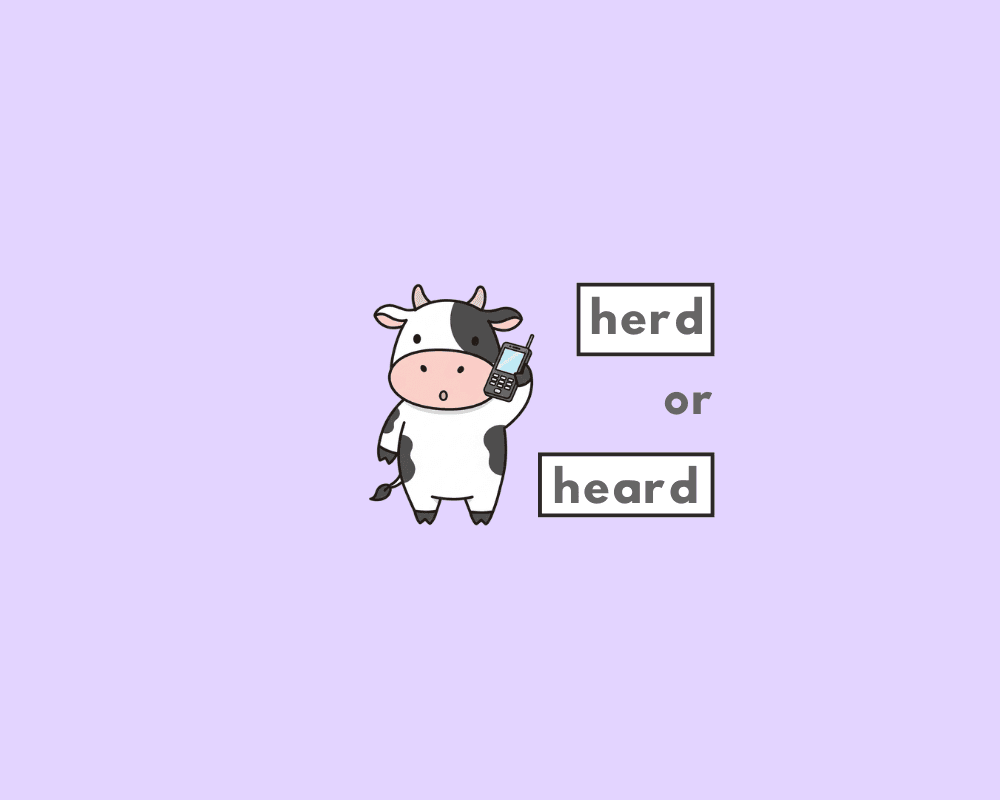Debatably the unsung heroes of the English language, effortlessly connecting words, phrases, and clauses to create well-structured and coherent sentences, they’re a part of speech that need no introduction: I’m referring to the coordinating conjunction, of course.
What are conjunctions in grammar?
Conjunctions are words that connect other words, phrases, and clauses together in sentences. They are utility words that exist to serve a purpose; namely, being a connector of words, phrases and clauses to build sentences.
She sang and she danced.
The sun was shining, but it was cold.
He went to the store and bought milk, bread, and cheese.
They studied hard or they will fail the test (Incorrect punctuation and missing a comma before “or”.)
Many words in English are conjunctions; for example, the words and, or, but, and because are all types of conjunctions. The three main kinds of conjunctions are the coordinating, subordinating and correlative.
What are coordinating conjunctions?
The adjective “coordinating” originates from the Medieval Latin word coordinatus, meaning, “of the same order, belonging to the same rank or degree” (from Etymonline, coordinating). By extension, coordinating conjunctions connect equal or coordinate grammatical items, such as two words, phrases, or clauses.
There are 7 coordinating conjunctions in total. They’re easy to remember by the mnemonic FANBOYS, which stands for: for, and, nor, but, or, yet, and so.
|
For: She studied diligently, for she aimed to excel in her exams. |
|
And: The sun was shining, and the birds were singing. |
|
Nor: Neither the rain nor the thunderstorm could dampen their spirits. |
|
But: The weather was cold, but they decided to go for a hike anyway. |
|
Or: You can choose tea or coffee for breakfast. |
|
Yet: He was tired, yet he continued working on his project. |
|
So: The rain was relentless, so we decided to stay indoors. |
When to use coordinating conjunctions
Because coordinating conjunctions connect equal grammatical components, they connect either a pair of nouns, verbs, adjectives, or phrases.
Coordinating conjunctions with the acronym FANBOYS: For, And, Nor, But, Or, Yet, So; visualize each word connected by a strand of string.
Linking words
The coordinating conjunction will appear between the items they link (a noun with a noun, verb with a verb, and so on).:
|
She usually takes the bus or walks to school. (verbs) |
|
Two and two make four. (nouns) |
|
The class was challenging but rewarding. (adjectives) |
Linking phrases
Same as with individual words, they can tie together phrases of the same kind; e.g., noun phrases, verb phrases, and prepositional phrases.
|
That modern desk and vintage lamp look great together! |
|
She either works at a coffee shop or at home. |
|
We arrived before the play started but after the concession stand closed. |
To join independent clauses
Independent clauses are those that can stand on their own as a complete sentence (and have a subject and a verb). When we combine two independent clauses to form compound sentences, we include a comma followed by the appropriate coordinating conjunction:
|
I want to go to the movies, but I don’t have enough money. |
|
She studied all night, yet she still didn’t do well on the test. |
|
The grocery store was out of flour, so I borrowed some from my roommate. |
Note: if you connect two independent clauses with a comma and omit the coordinating conjunction, this creates a comma splice. To avoid comma splices, or other similar errors, make sure to use a comma and a coordinating conjunction when connecting two independent clauses. Alternatively, you can separate the clauses into independent sentences, or use a semi-colon or other punctuation.
Worksheet
According to the blog post, what kind of grammatical items do coordinating conjunctions connect?
What is the mnemonic mentioned in the post for remembering the coordinating conjunctions?
How many coordinating conjunctions are there in total, according to the post?
Which of the following words is listed in the post as NOT being one of the 7 coordinating conjunctions?
The post identifies “He went to the store and bought milk, bread, and cheese” as an example of what common error when joining independent clauses?
The blog post states that conjunctions are words that connect other words, phrases, and together in sentences.
Coordinating conjunctions are described as connecting equal or grammatical items.
According to the post’s usage notes, a comma should typically be used before a coordinating conjunction when it joins two clauses.
In the sentence example provided in the post, “He was tired, he continued working on his project,” the blank is filled by the coordinating conjunction ‘yet’.
When coordinating conjunctions link items, they typically appear the items they link.
FAQs
What are coordinating conjunctions?
+
How many coordinating conjunctions exist?
+
What does FANBOYS stand for?
+
What types of items do they connect?
+
What are common mistakes with conjunctions?
+
- Harper, Douglas. “Etymology of coordinate.” Online Etymology Dictionary, https://www.etymonline.com/word/coordinate. Accessed 25 December, 2023.
Yash, D. "What Are Coordinating Conjunctions?." Grammarflex, Sep 13, 2025, https://grammarflex.com/what-are-coordinating-conjunctions/.








